Anti-stress and self-adjusting headphones, e-paper monitor, floating speaker Meizu, transforming a regular bike into an e-bike in 60 seconds …

Melomind
Stress is an integral part of any person's life, but not everyone knows how to deal with it correctly. Even if during the working day you manage to find a few minutes in order to calmly drink a cup of coffee, take a leisurely walk or just sit in silence for a couple of minutes, you cannot really rest, because your head is still full of thoughts about unresolved problems and upcoming affairs.
Melomind is the world's first headphones with EEG (electroencephalography) technology that teach you how to relax properly. EEG sensors in real time analyze the work of the brain and transmit the data to a proprietary application on a smartphone, which selects the most suitable melody for you.
According to the developers, this not only allows you to quickly and effectively relieve fatigue, but also teaches the brain to properly relax and deal with stress.

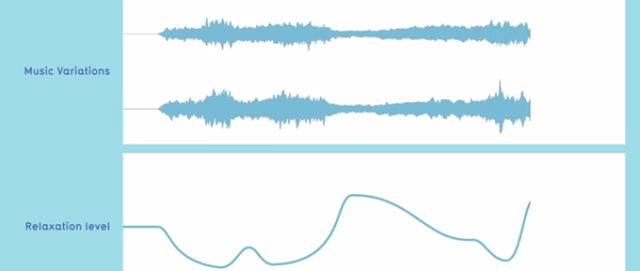
If desired, the EEG module can be turned off and Melomind can be used like regular wireless headphones.
Project page on Kickstarter
Nura
Each performance of any piece of music is always unique, and the personality of the performer here means no less than the personality of the composer. But there are also such things as the sound of a particular musical instrument, the acoustics of the hall, the settings of the equipment in the recording studio, the work of a sound engineer, and much more.
But in fact, all this is just the tip of the iceberg, because it is not enough to play and record music, it also needs to be reproduced. And the same track on different speakers or in different headphones can sound very, very different. It is not for nothing that many music lovers are ready to argue until hoarse about which headphones are better, which player is worth buying and which equalizer settings to use. All these disputes always end in nothing – not only are everyone's tastes different, but each person also hears everything a little differently. In a sense, the reproduction of music is no less individual than its performance, there are simply no 'right' and 'wrong' options.
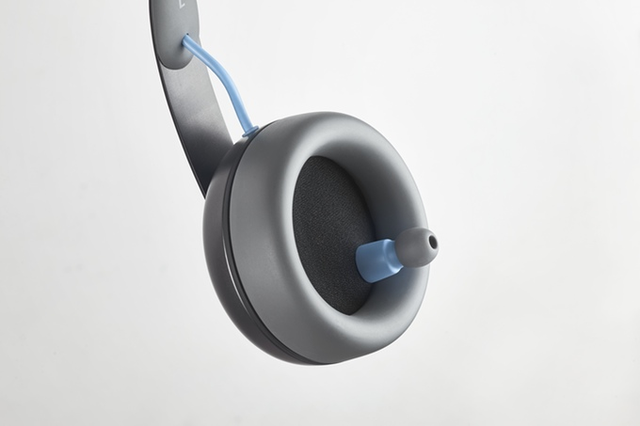
Despite this, the creators of Nura tried to create headphones that would convey to any listener all the subtleties of the idea of the author and performer of the music as accurately as possible … and at the same time would make it easier for buyers to choose the 'right' audio equipment. The thing is that these headphones adapt to the hearing of each specific user, and do not try to be equal to some abstract average music lover.

The built-in microphone picks up sound waves that are reflected from the cochlea of the inner ear, and the electronic unit of the headphones analyzes them, calculates the individual characteristics of the user's hearing and adjusts the sound of the music accordingly. Moreover, the initial setup of the headphones takes no more than a minute and occurs automatically. It is interesting that the headphones can store several profiles of different people, and they are able to independently determine whose head they are wearing at the moment.
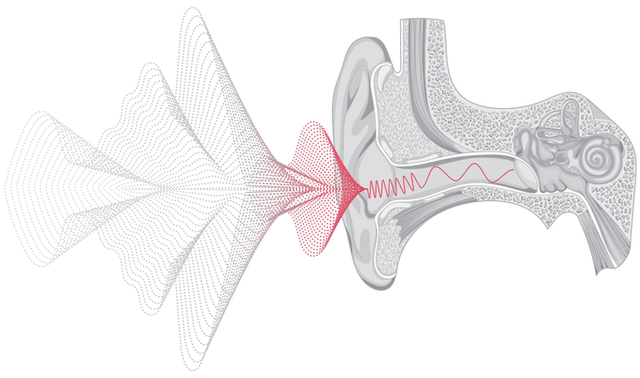

In the videos presented on the project's page about headphones, a lot of loud words are said, but how much all this corresponds to reality – I will not undertake to judge. Maybe this is really something new and interesting, or maybe just another dummy.
Project page on Kickstarter
Gravity
In general, projects on Kickstarter and Indiegogo should be approached with a certain amount of skepticism. Painfully often, you come across empty dreamers who do not have the necessary knowledge or experience, but sincerely believe that they will literally make a technical revolution today or tomorrow.
On the other hand, there are enough projects from professionals in their field, for whom launching a project on Kickstarter is not an end in itself, but only the first step. Sometimes large and world-famous companies come here at all, although what they have forgotten here is not always clear. After all, crowdfunding platforms are not a place to analyze the popularity of different directions and not a platform for free advertising.
One of the same projects was recently presented by the company Meizu. It's about a 'floating in the air' column called Gravity.
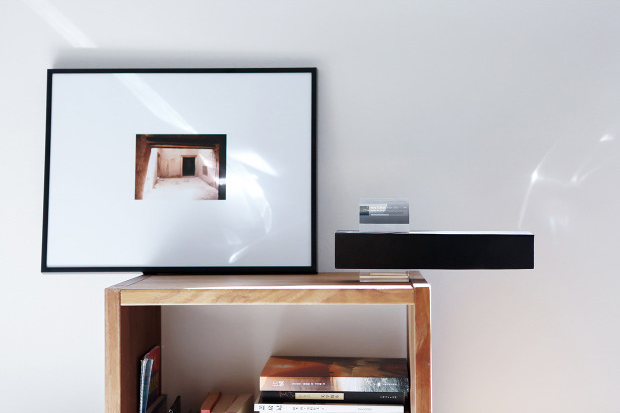
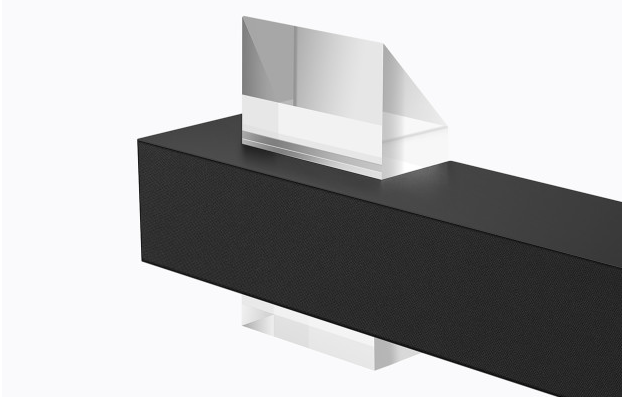
In this case, depositors can be calm – they will receive exactly what they voted for with the ruble. And it's not so much a matter of reputation Meizu, but of the project itself – there is nothing outstanding from a technical point of view in it, the column takes exclusively design. Thanks to the transparent base and asymmetrical design, the speaker really seems to float in the air without touching the table surface. The transparent display located on the top of the device is designed in the same style. Essentially, it is a glass prism onto which an image is projected.
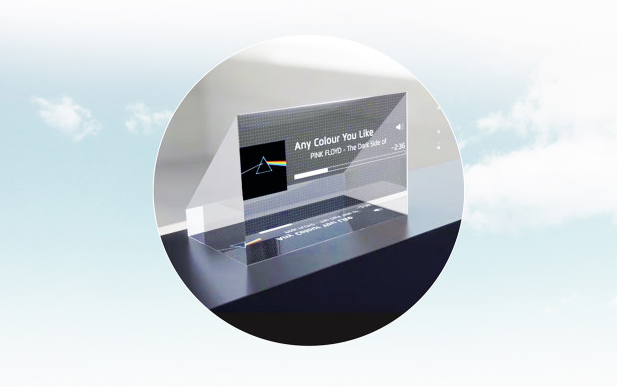
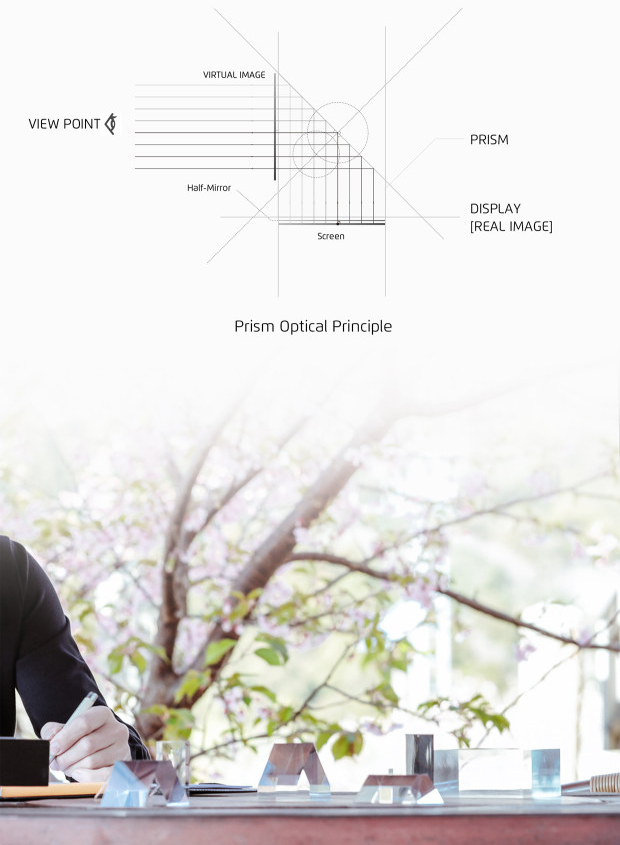
All this looks beautiful in photos and videos, but how it will be in life is still an open question. And why Meizu it was necessary to climb on Indiegogo also remained unclear.
Indiegogo project page
Paperlike
Don't worry too much about the next project called Paperlike. From a technical point of view, there is nothing particularly complicated in it either, and the developers have already collected the required amount for a long time. Although its practical value raises many questions for me.
Paperlike is an external monitor with E-ink display, often referred to as e-paper. Mostly displays of this type are used in e-books, but sometimes they are used in other devices. The same Pebble or Yotaphone watches can be cited as examples. But I have not yet come across computer monitors based on E-ink.
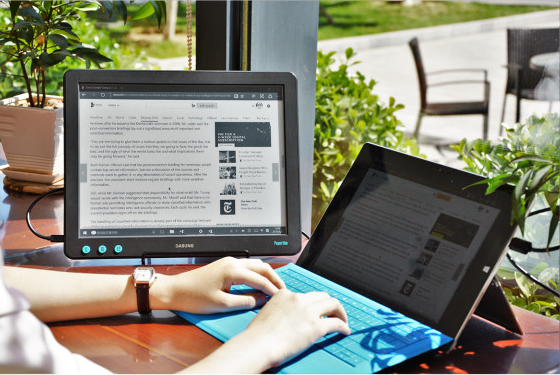
The fact is that screens of this type are really very comfortable for the eyes, and they also have low power consumption, but all this is great only as long as we are talking about a static picture. I simply cannot imagine how such a screen can be used to work at a computer, the speed of updating the picture alone should be insanely annoying. Even in black and white, interface elements can merge with each other, no matter how hard the display developers try to avoid this.
Paperlike has the following specifications:
- Size 13.3 inches
- Resolution 1600 × 1200
- Powered by USB
The developers declare the presence of special picture display modes, the ability to manually adjust the contrast and a high refresh rate, but the video given does not inspire much optimism for me personally.
Indiegogo project page
GeoOrbital Wheel
The next project is another attempt to combine the best of both worlds in one device. But this time we are not talking about computers and monitors, but about bicycles.
GeoOrbital Wheel is a special wheel that can turn any ordinary bike into an electric one. Installing the wheel takes less than 60 seconds, and no tools are required. The power reserve ranges from 30 to 80 kilometers (20-50 miles), with a maximum speed of over 30 kilometers per hour. The wheel battery is easy to replace and the tires are puncture-free. Well, as a bonus – the ability to charge smartphones, tablets and other mobile equipment from the wheel battery.

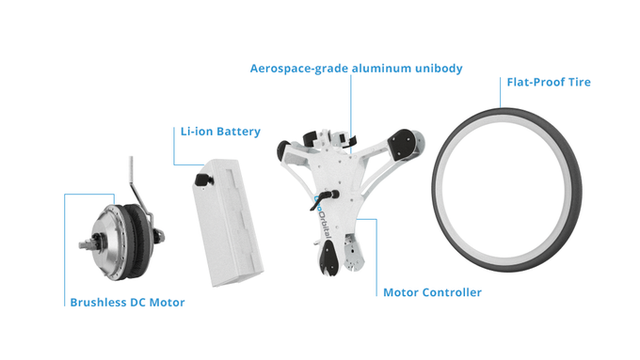
Unlike many other crowdfunding projects, everything is serious here. At least at first glance. The project leaders are former SpaceX and Ford employees, the developers and testers are experts from Cambridge and the Massachusetts Institute of Technology. It is also worth noting that the developers ran to Kickstarter far from immediately – the project has been developed since 2014, and during this time six generations of prototypes have been created.
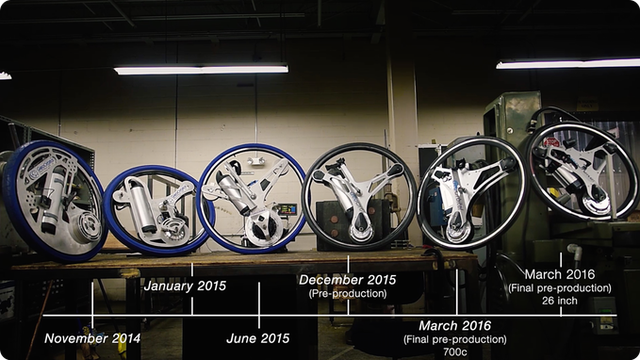
As usual, everything depends on the price of the device. First depositors could get the GeoOrbital Wheel for $ 499, the standard price will be another $ 200 more.
Project page on Kickstarter
